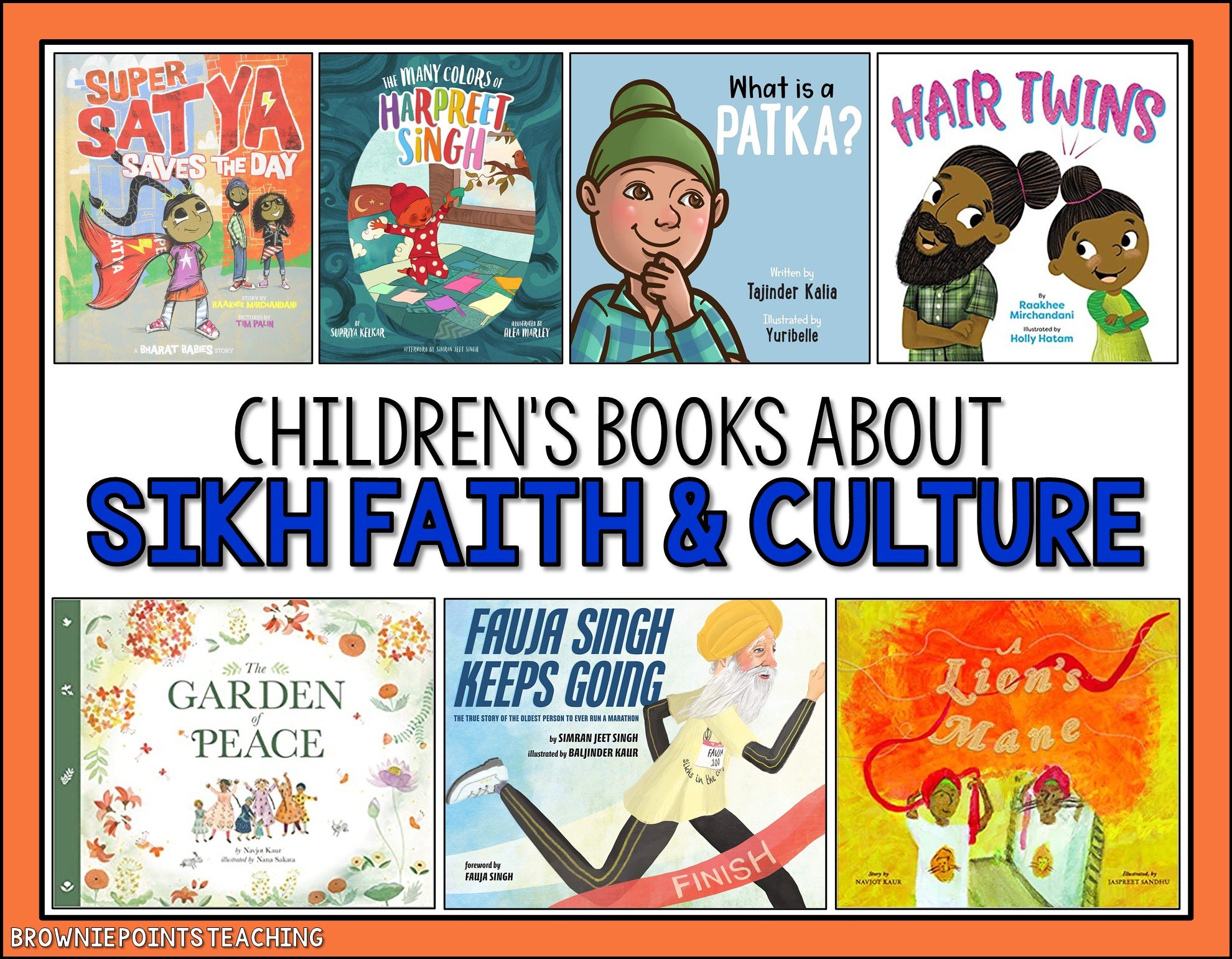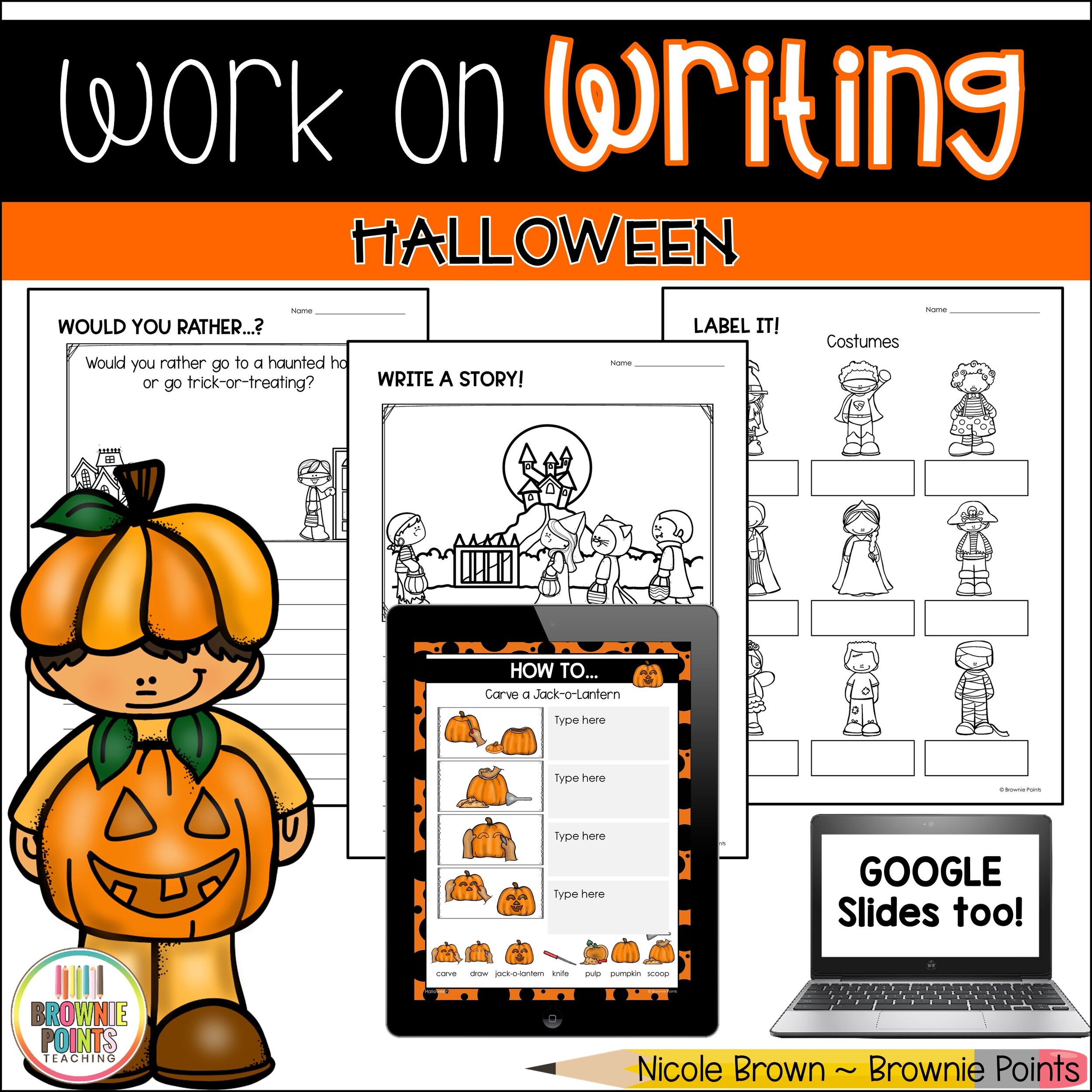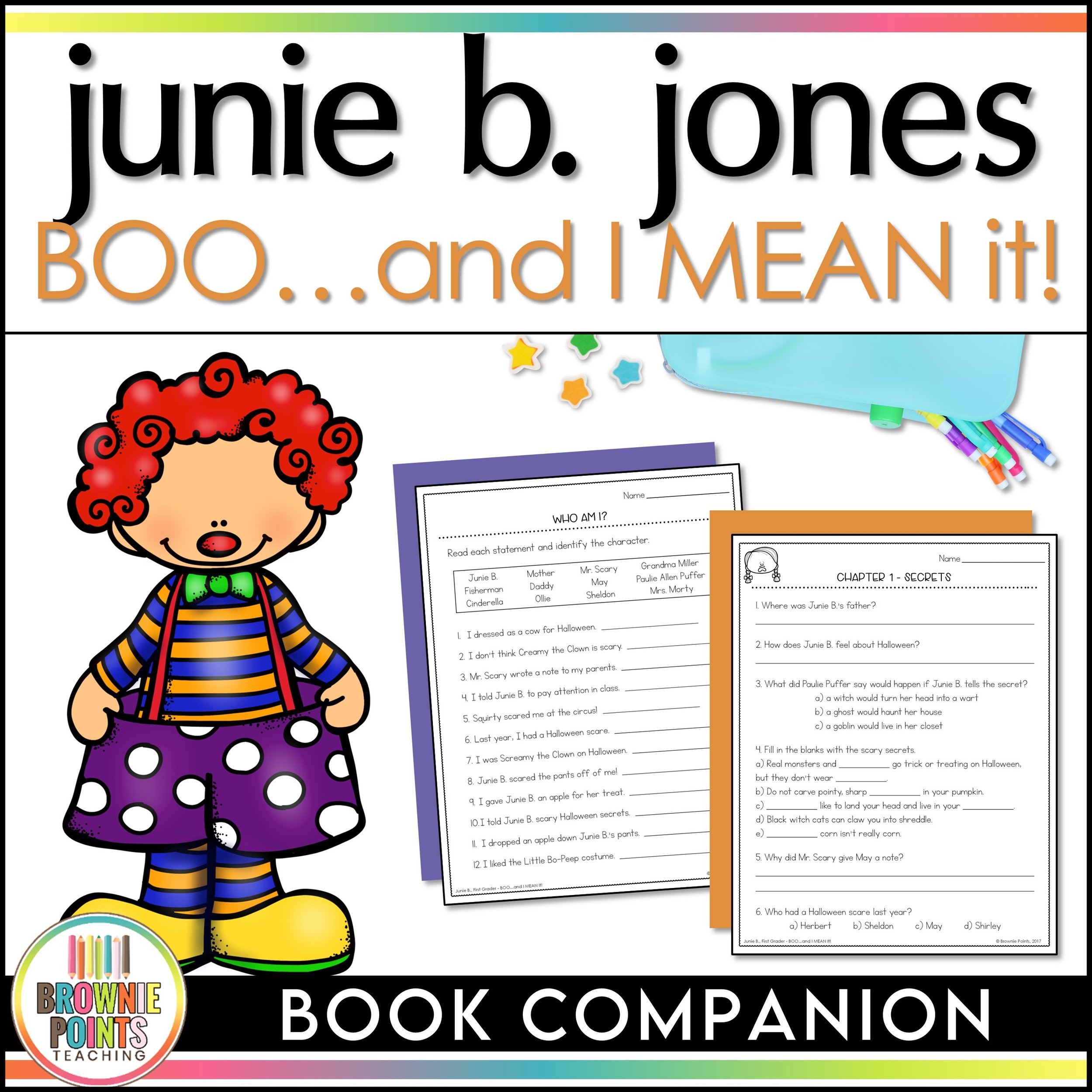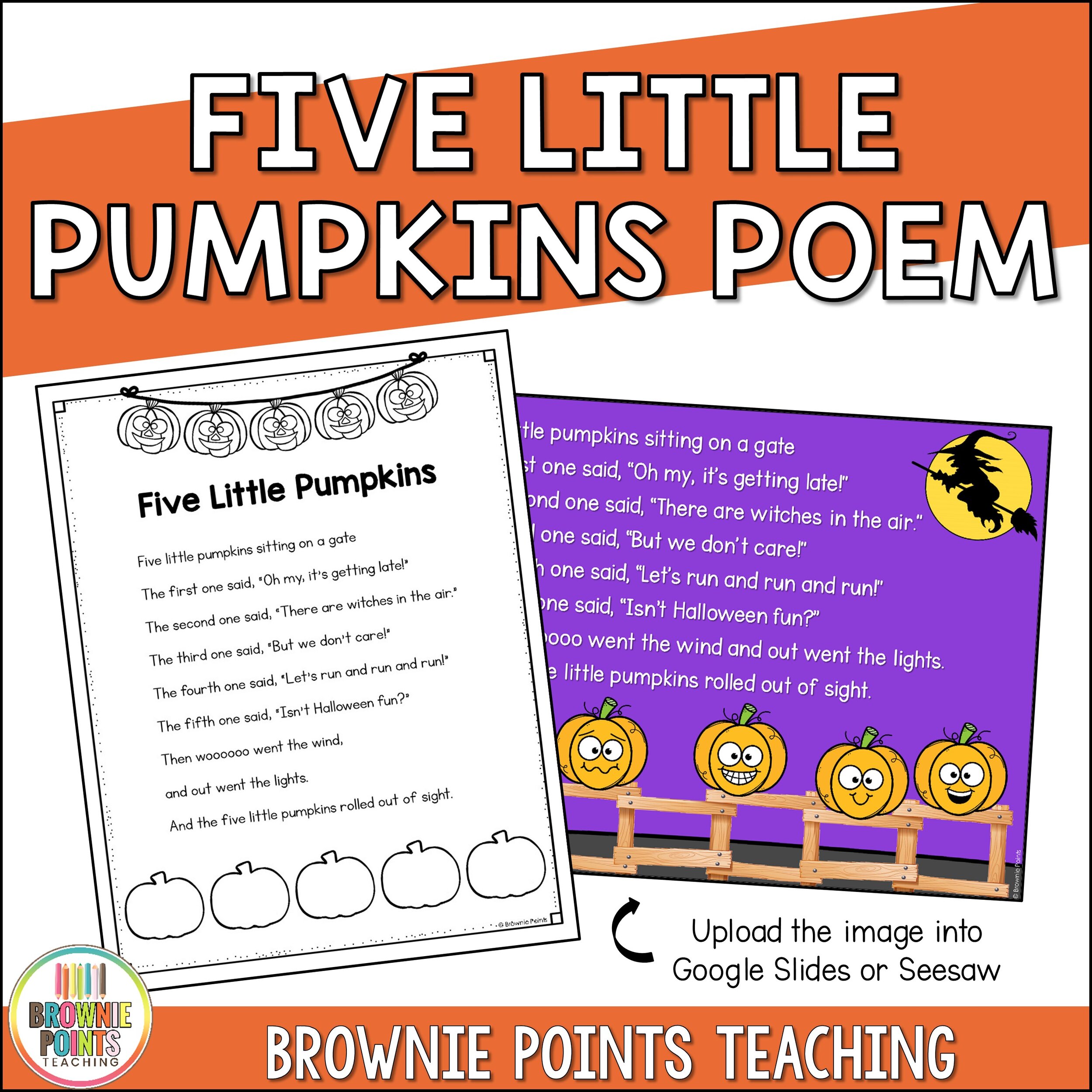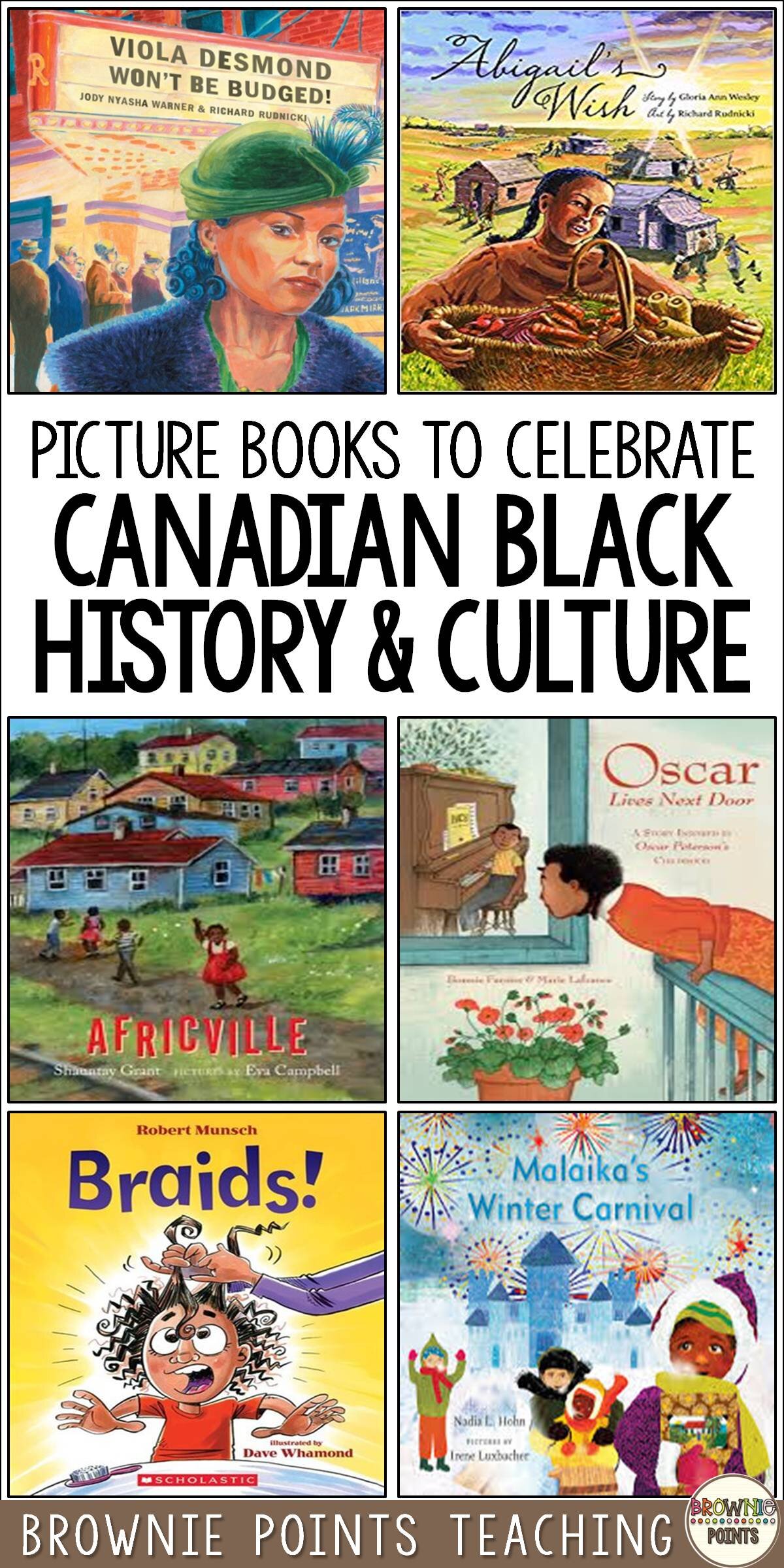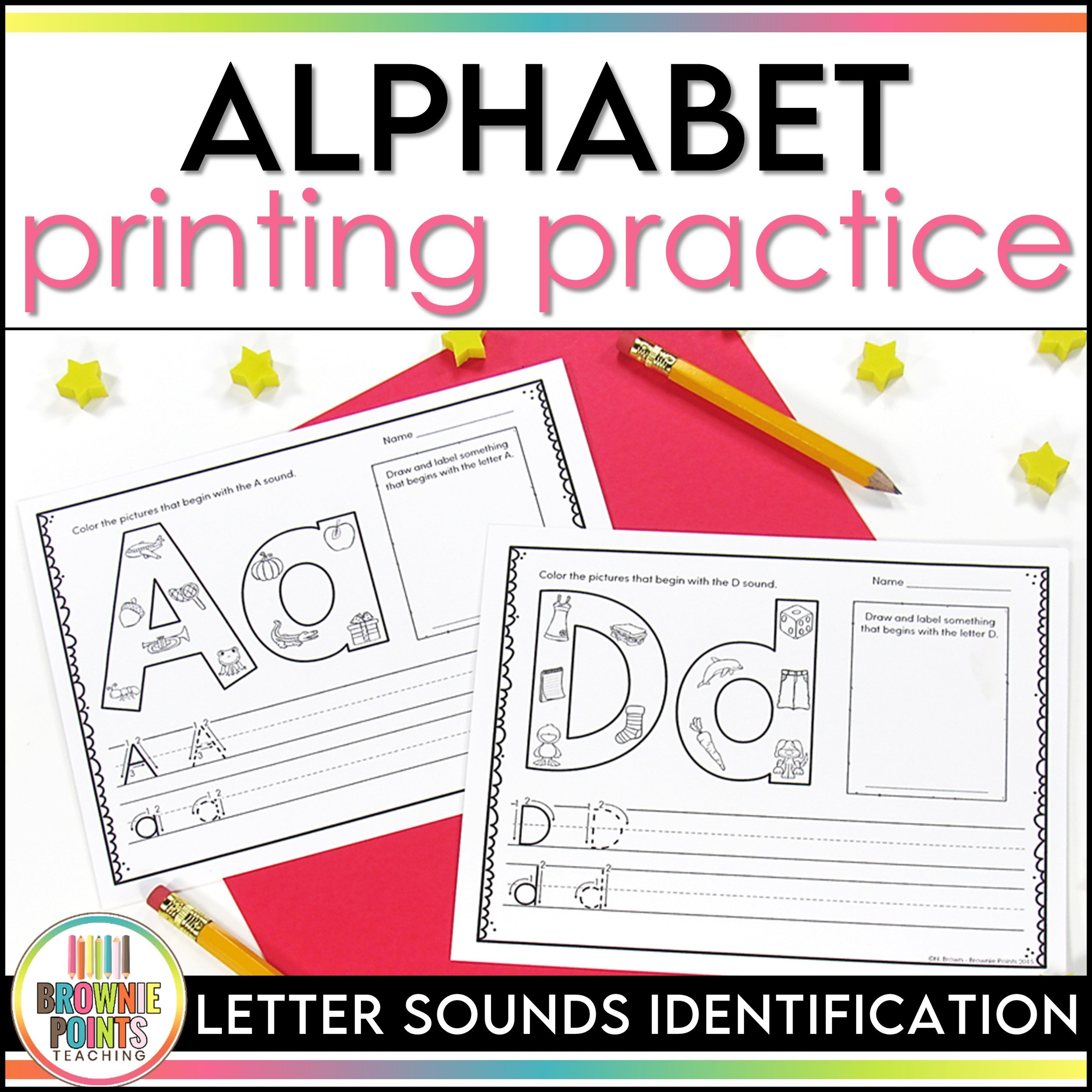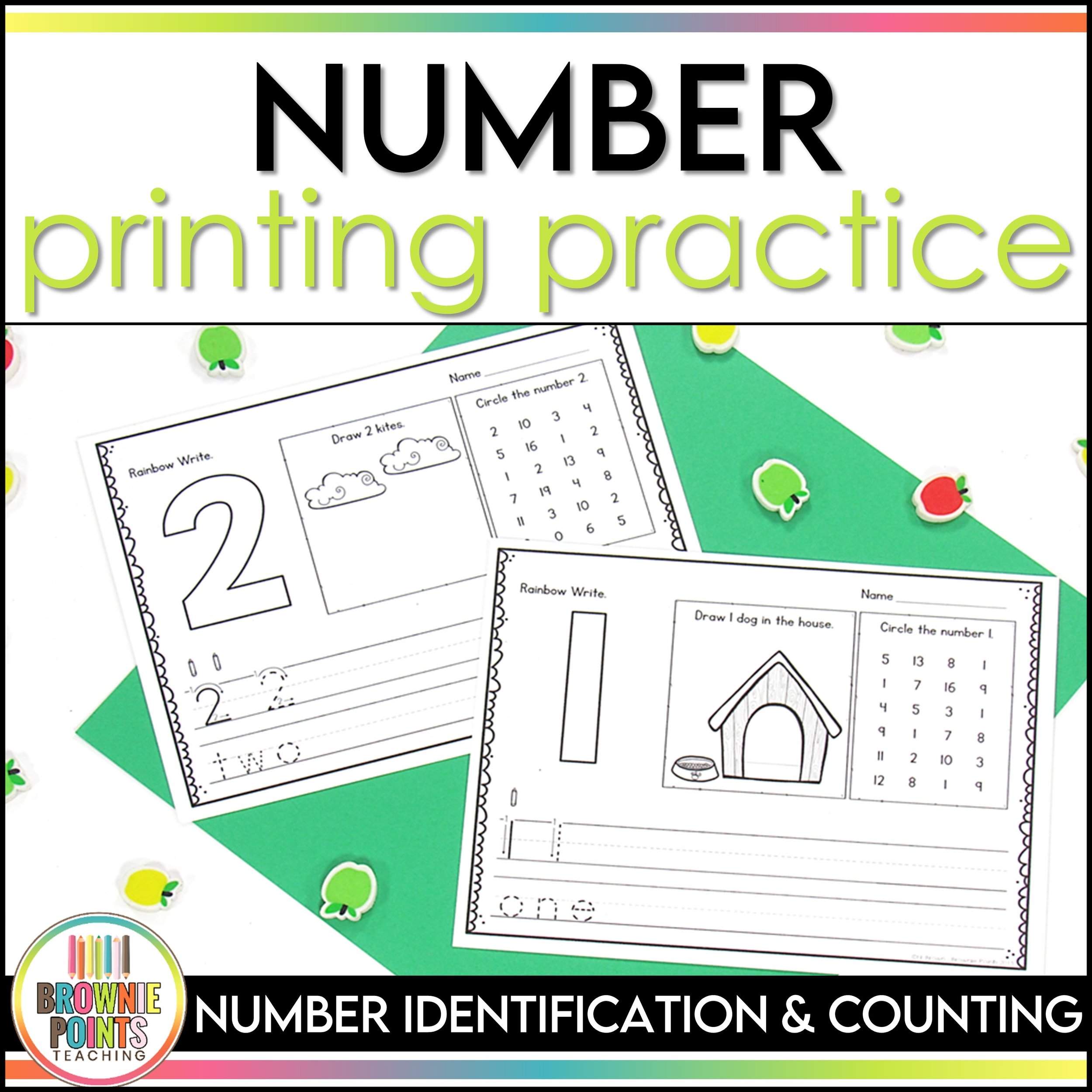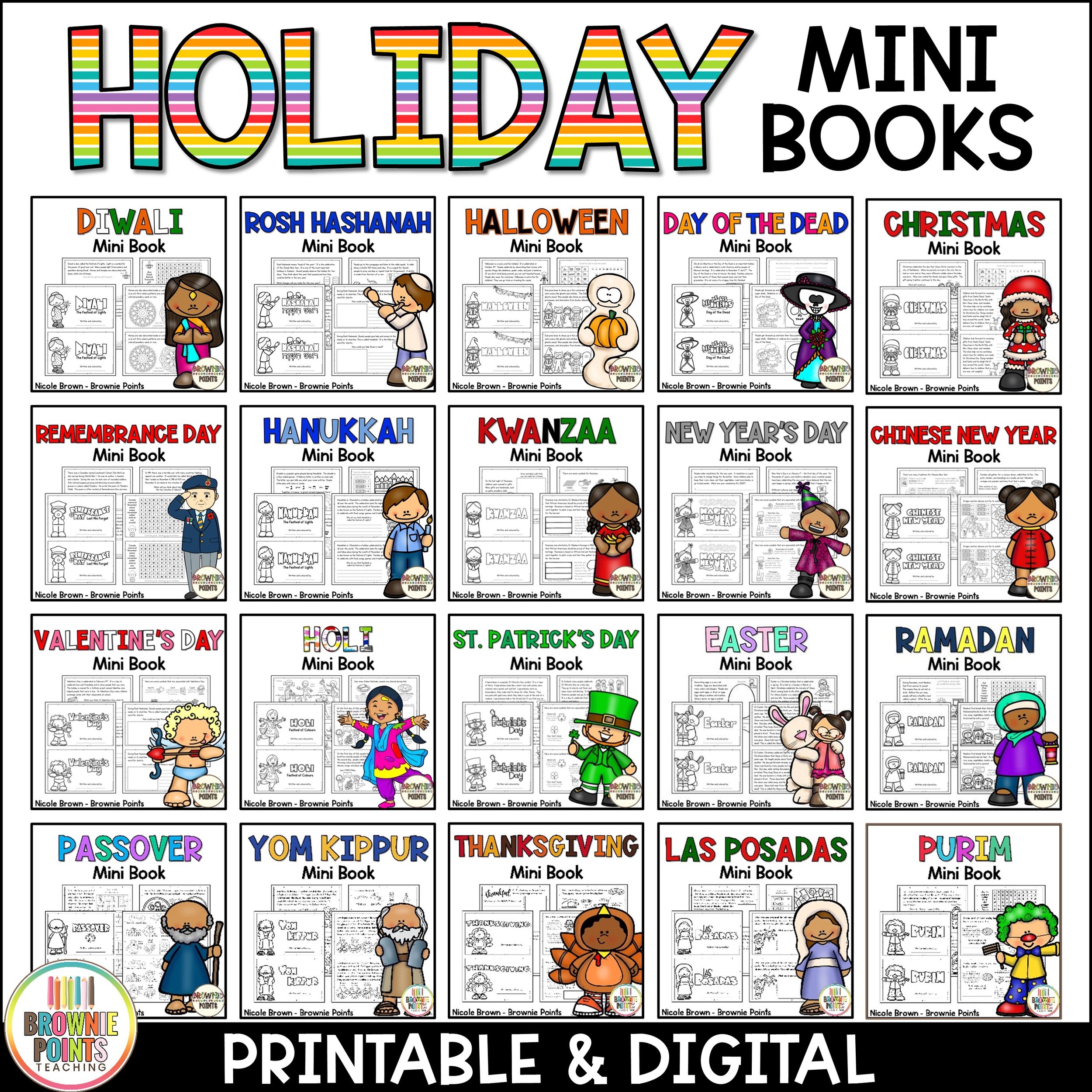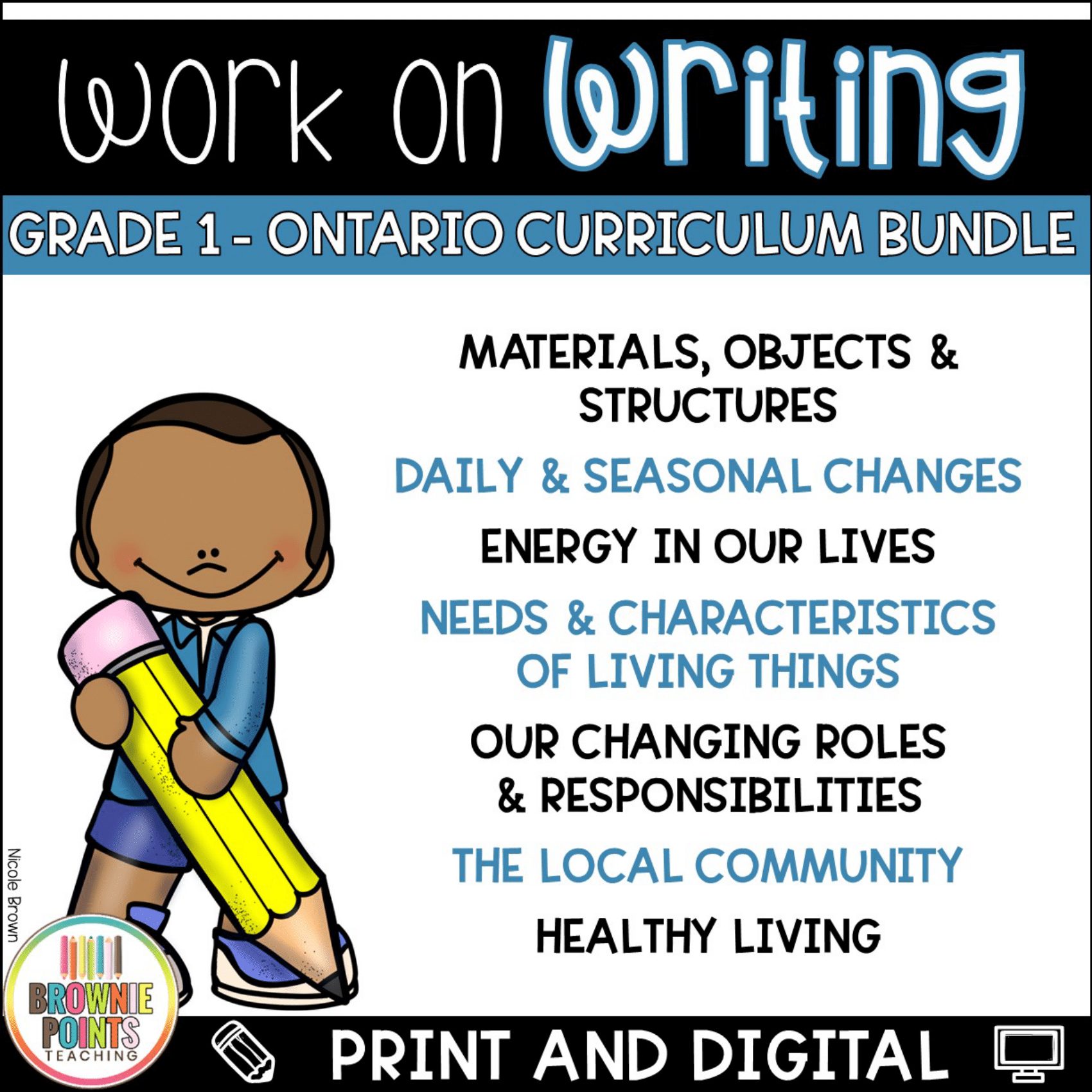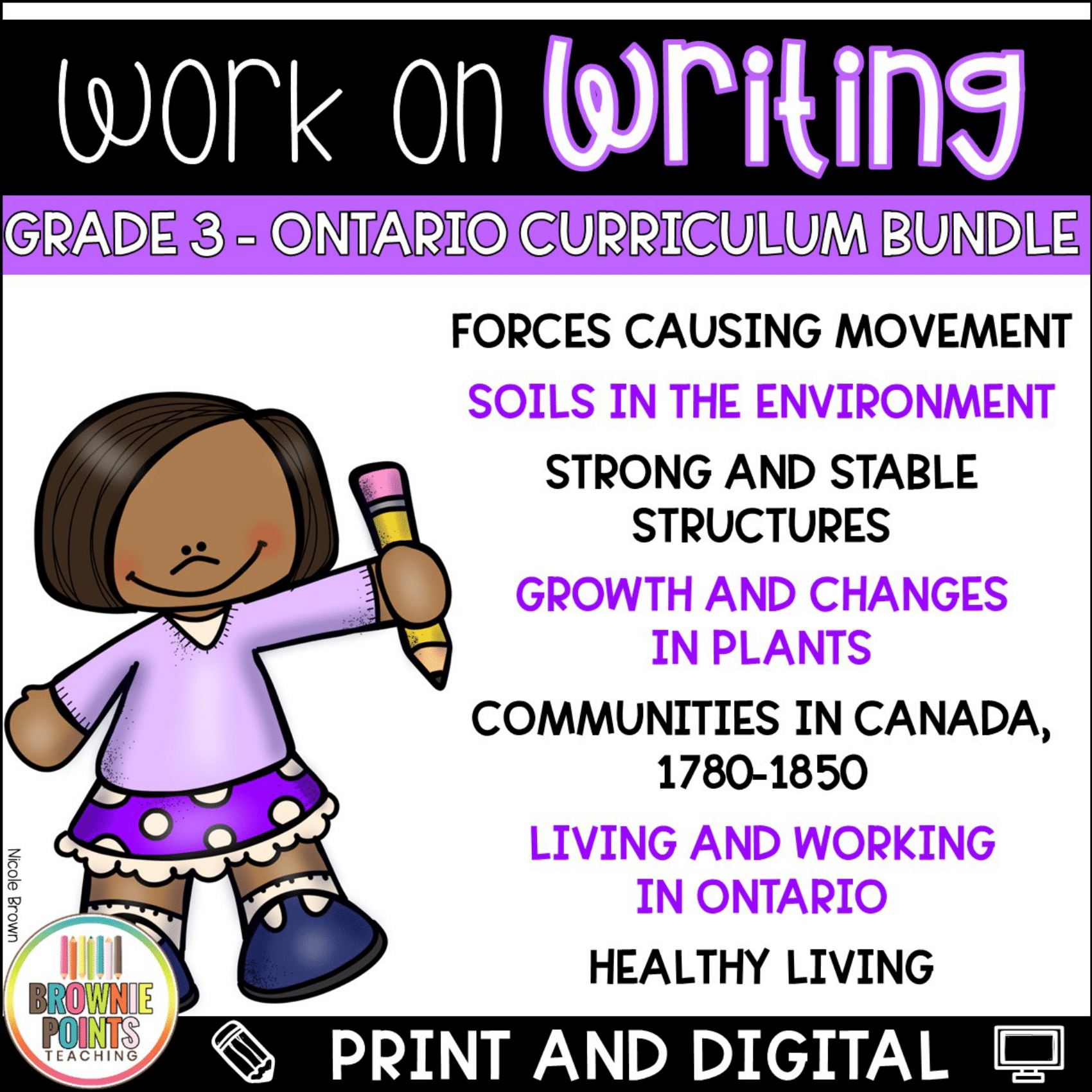7 Children’s Books About Sikh Faith and Culture
/The Snowy Day by Ezra Jack Keats was a groundbreaking book in that it featured a Black child as its main character. I remember, with fondness, seeing a main character that I could relate to in that way. As a primary teacher and now teacher-librarian, I love to see children connect with the characters in a variety of ways. Working in a city with a large Indian population (with many belonging to the Sikh faith), it’s important for me to share books featuring South Asian characters. Here are some of my faves about Sikh Heritage or written by Sikh authors.
This post contains affiliate links.
The Many Colors of Harpreet Singh
Author: Supriya Kelkar
Illustrator: Alea Marley
Harpreet expresses his feelings with the colors of his patka; bright, happy colors! One day, his family moves to a new state. Feeling uneasy about his new surroundings, he wears sad colors - blues, greys, and even white so that he can feel invisible. His parents can’t cheer him up. Will he ever be his colorful self again?
Themes: moving/relocation, feelings, friendship
Hair Twins
Author: Raakhee Mirchandani
Illustrator: Holly Hatam
If you like Hair Love by Matthew Cherry, Hair Twins is worth a look! This father-daughter duo bond over their daily hair routine.
Themes: identity, hair, family, traditions, religious customs
What is a Patka?
Author: Tajinder Kalia
Illustrator: Yuribelle
Mohan gets a lot of questions about his patka which he proudly wears every day. In this simple book, young children will learn who wears a patka and why. The book includes step-by-step instructions in tying a patka.
Themes: identity, hair, religious customs
Super Satya Saves the Day
Author: Raakhee Mirchandani
Illustrator: Tim Palin
Satya’s superhero cape is at the dry cleaners and she is convinced that she can’t have a super day without it. She discovers that her strength/power doesn’t come from her cape, but from her own abilities.
Themes: superheroes, bravery
Fauja Singh Keeps Going
Author: Simran Jeet Singh
Illustrator: Baljinder Kaur
A true story about Fauja Singh, a long-distance runner that broke the world record when he ran a marathon at 100 years of age! Learn about the obstacles he faced and the source of his grit.
Themes: growth mindset, perseverance, disability
A Lion’s Mane
Author: Navjot Kaur
Illustrator: Jaspreet Sandhu
The story begins with the question, “Do you know who I am?” The main character is a Sikh boy on a journey of self-discovery through the metaphor of a lion’s mane. It also explains how the lion is symbolized in other cultures. Children will learn that we are all different, but also alike.
Themes: identity, acceptance
The Garden of Peace
Author: Navjot Kaur
Illustrator: Nana Sakata
This book is an allegory to explain the birth of Sikhism. It calls for readers to become citizens of change. It’s a bit complex; it will require unpacking to get the full historical meaning. The author’s note will help with this.
Themes: Sikhism, activism, social justice
ONE MORE ADDITION!
My Name is Saajin Singh
Author: Kuljinder Kaur Brar
Illustrator: Samrath Kaur
Saajin loves the sound of his name, but on the first day of school his teacher mispronounces it. His classmates follow her lead and Saajin assumes that it must be how his name is pronounced outside of his home (after all, teachers know everything!) Even so, Saajin does not like it. When his parents learn what has been happening, they remind him that everyone makes mistakes, (including teachers), and that it is okay to correct them.
Themes: identity, Sikhism
Vaisakhi
Vaisakhi is a Sikh harvest festival that originated in the Punjab region of India. It is celebrated on April 13th or 14th in Sikh communities around the world. Sikhs also remember the birth of the Khalsa order in 1699 which is a significant event in the history of Sikhism.
Recognize Vaisakhi with this informative 8-page mini book which includes:
basic facts about Vaisakhi
the history/background of Vaisakhi
bhangra facts
the 5 Ks of the Sikh Faith
popular foods
a maze for children to complete
a prompt for children to list what they’ve learned
a corresponding Google Slide version
Informative Websites
If you’re interested in learning more about the Sikh faith and culture, check out these websites:
What is Sikhism? - BBC Bitesize
Who was Guru Nanak? - BBC Bitesize
What is Vaisakhi? - BBC Bitesize
Let’s Celebrate Vaisakhi - CBC Kids
Any must have books for my school’s collection? I can’t say no to more books! Any other helpful resources? Please share your faves with me in the comments below.

